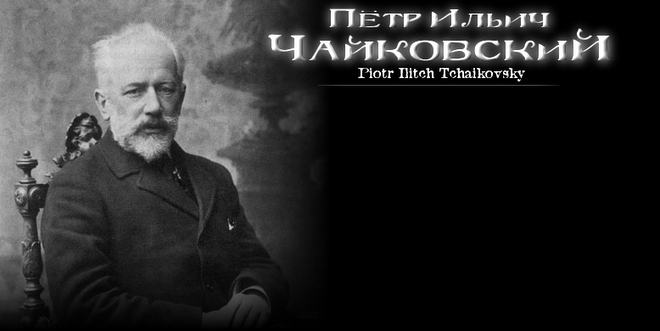 Chicago Flute Club
Chicago Flute Club
2007 Solo Artist Competition
Flute Festival - November 11, 2007
Doubletree Hotel O’Hare-Rosemont
Awards: First Place - $1000, Second Place - $500
ELIGIBLE SOLOISTS And Competition regulationsThe Chicago Flute Club Solo Artist Competition is open to all flutists age 18 years or older, from any geographical area.
The application fee is $40 and is non-refundable
All application materials must be postmarked by October 1, 2007
No high school students will be permitted to enter
Current student of the final round judges will not be permitted to participate
The winner of the competition will be awarded $1,000.00
The second place winner will be awarded $500.00
The preliminary round will be recorded and no recordings will be returned
Eight soloists will be selected for the final round and will perform in-person with an accompanist
Finalists will be notified by October 15, 2007
Finalists are responsible for their own travel arrangements and expenses
The final round performance is open to the public
Finalists must provide their own accompanist. The Chicago Flute Club can provide you with contact information for a local accompanist if necessary.
All judges’ decisions are final
REPERTOIRE
Preliminary RoundPaul Hindemith, Acht Stücke für Flöte allein Movements I and I
Georg Philipp Telemann, Fantasia in A Minor (Grave, Vivace, Adagio, Allegro) No Repeats
Applicants must submit an unedited recording of the preliminary round selections on CD in the given order. No identifying information should appear on the CD face or packaging. Recordings will be coded and reviewed by a judging committee.
Final Round
Pyotr
Il’yich Tchaikovsky (Reconstructed by James Strauss), Concertstück for Flute & Piano, Movement II Chanson sans paroles
Published by Falls House Press, available at Flute World (248-855-0410)
Two contrasting movements from the J.S. Bach sonatas in e minor, E major, or E-flat major, No Repeats
For more information contact
Jennifer Reiff, Chicago Flute Club Competition Chair
JJRflute@yahoo.com630-670-3375
or visit www.chicagofluteclub.org
Solo artist competition
Application FoRM
(postmark deadline October 1, 2007)
Name:_____________________________________
Address:_____________________________________________________
_____________________________________________________________
Phone:___________________
Email:_________________________________ (Must be provided)
Include the following with your application:
A bio and resume
$40 application fee (Checks made payable to the Chicago Flute Club)
CD recording of the preliminary round repertoire
Send complete application materials to:
Solo Artist Competition
Chicago Flute Club
P.O. Box 246
Elmhurst, Illinois 60126






